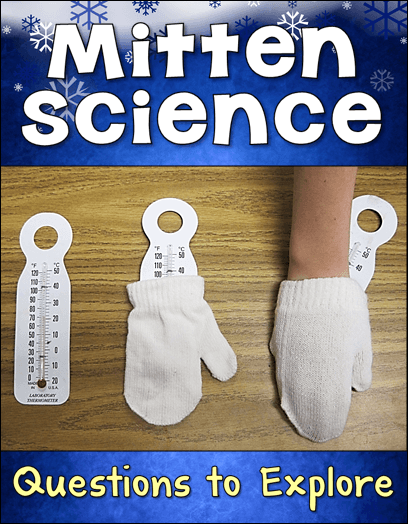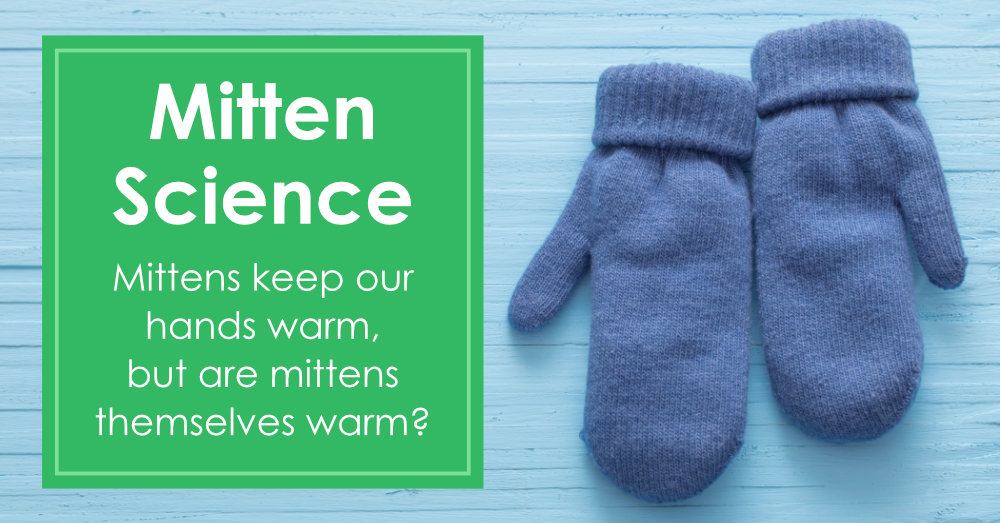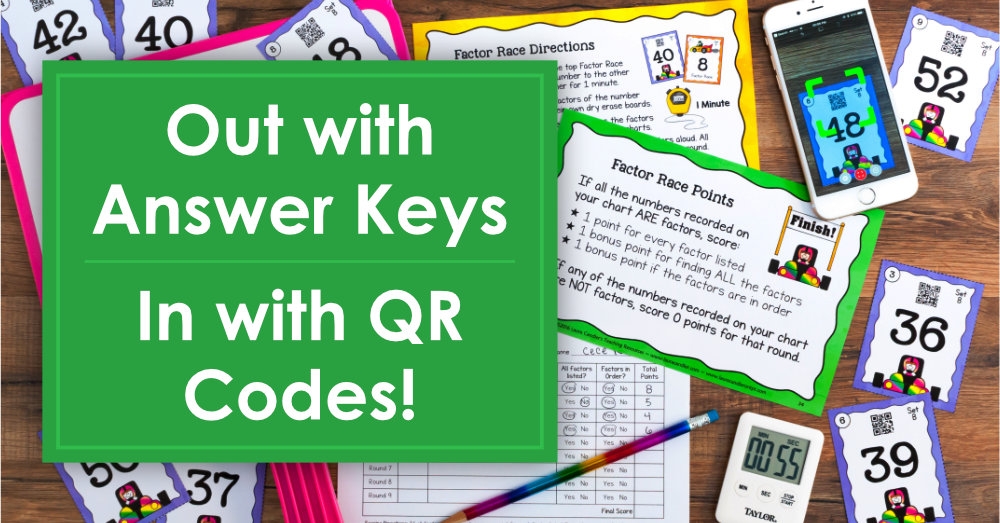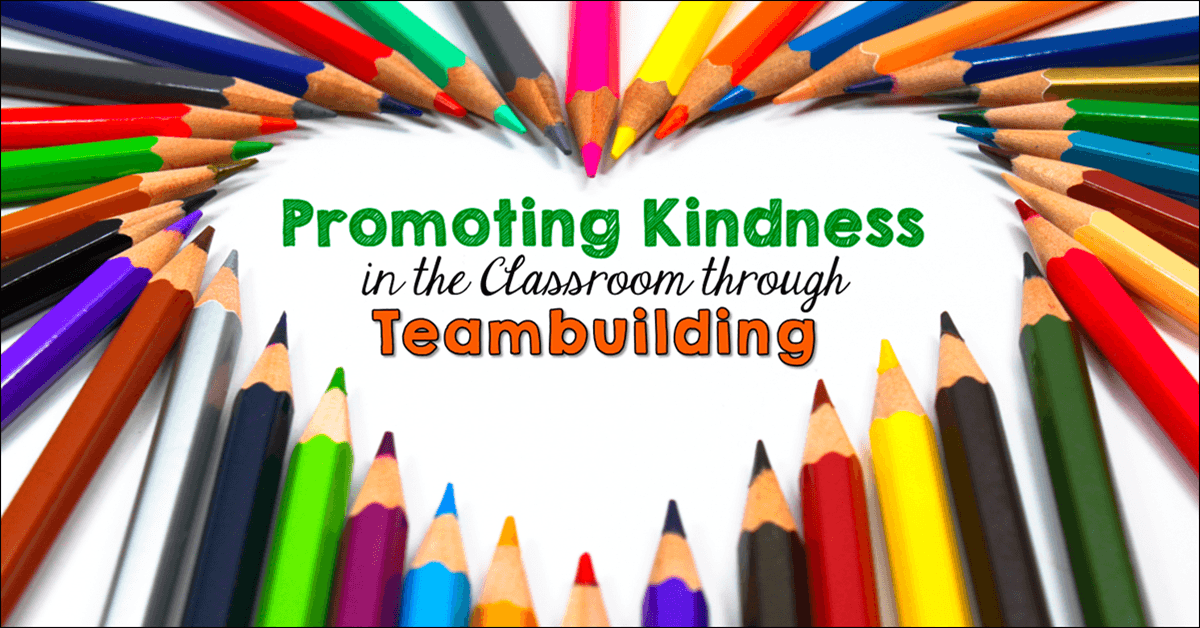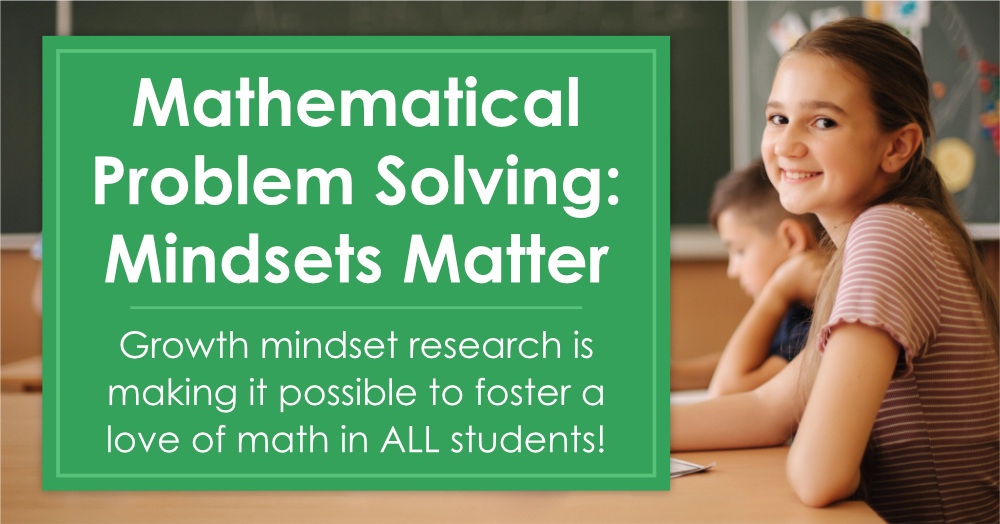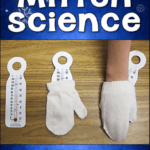Mittens keep our hands warm, but are mittens themselves warm? That’s the question Selina Smith of the Classroom Magic blog posed to students to kick off their mitten investigation. Using inquiry science, they discovered that mittens keep our hands warm because they trap our body heat, but mittens alone are not warm at all. Selina pairs this investigation with the book, The Mitten, by Jan Brett. If you’d like to try this activity with your students, you can find the full directions on the Classroom Magic blog.
More Mitten Questions to Investigate
When I read Selina’s blog post, I was intrigued by the “Mitten Science” concept for several reasons. First, the question she posed to her students was easy to understand and could be answered with a simple science experiment. Even better, the original question could be modified and the same process used to conduct other “mitten science” investigations.
Begin by conducting the Are Mittens Warm? experiment, and then ask your students to brainstorm a list of their own mitten questions to explore. Here are a few of mine, and I’m sure your students can generate many more:
- Are thin cotton mittens as effect as thick thermal mittens for keeping hands warm?
- Do gloves keep hands as warm as mittens?
- Do hands get warmer the longer they are inside the mittens?
- How does the outside air temperature affect the temperature of hands inside mittens? (If you are wearing mittens indoors will your hands be the same temperature as they would be if you were wearing them outdoors in cold weather?)
Teaching Kids How to Use the Scientific Process
If your students are new to science inquiry, I suggest choosing one question to investigate together as a class. Later your students can choose another question to explore with a partner or a team. To get started, give each student a blank copy of the Science Experiment Lab Write Up below.
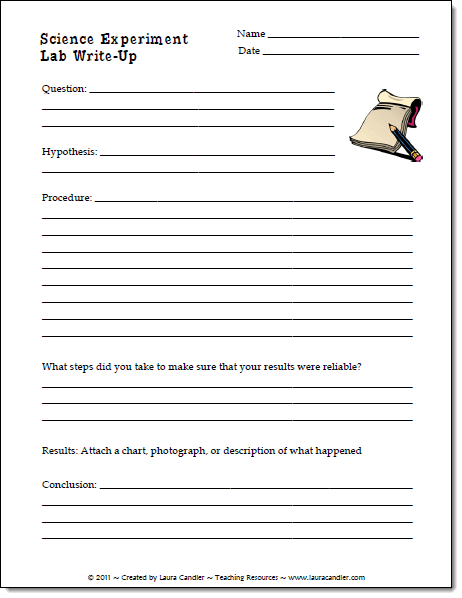
Next, discuss some of the methods that scientists use to make experiment results more reliable. This is likely to be a new concept for your students; most elementary children think that if they perform an experiment one time, the results are “proof” that their hypothesis is correct. However, scientists don’t draw conclusions based on a single experiment. Instead, they repeat the experiment many times, and they are careful to change only one part of the experiment (the variable) while keeping everything else the same. They measure everything carefully, and record their observations throughout the experiment.
As you design the experiment, record the step-by-step process you’ll use on the “Procedure” section of the lab report. Then let each team carry out the experiment out and record their results. If possible, have them create a graph or chart of their results. Finally, explain how to draw a conclusion from their results and complete the final sections of the lab write up.
Can you think of other mitten questions to investigate? How would you use this activity in your classroom?
If you’re looking for more science activities, visit the Science File Cabinet Page to find more fun and easy investigations!
